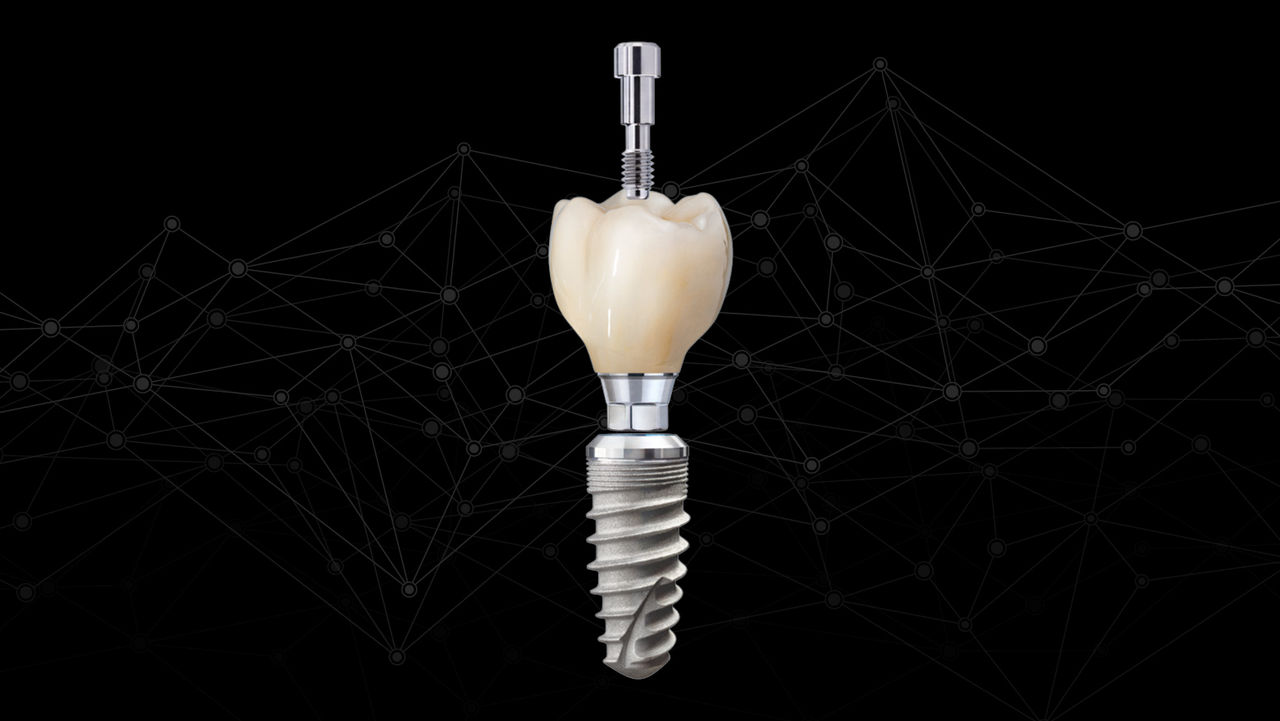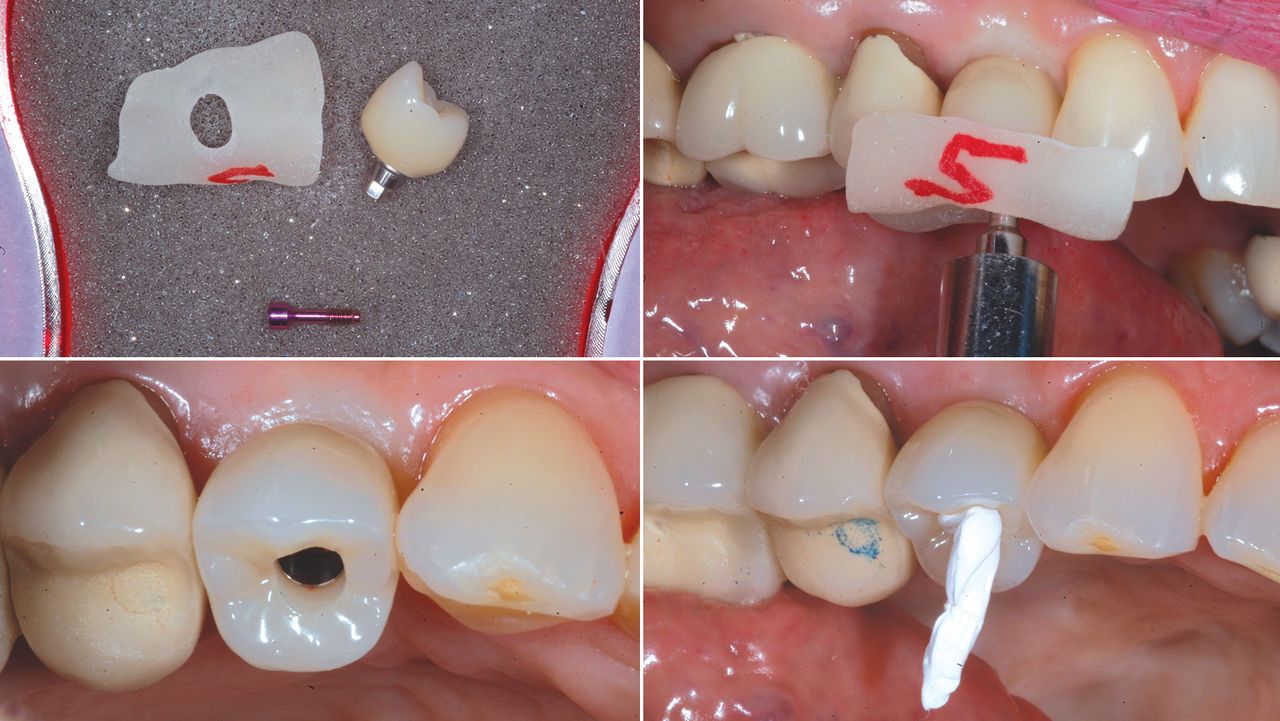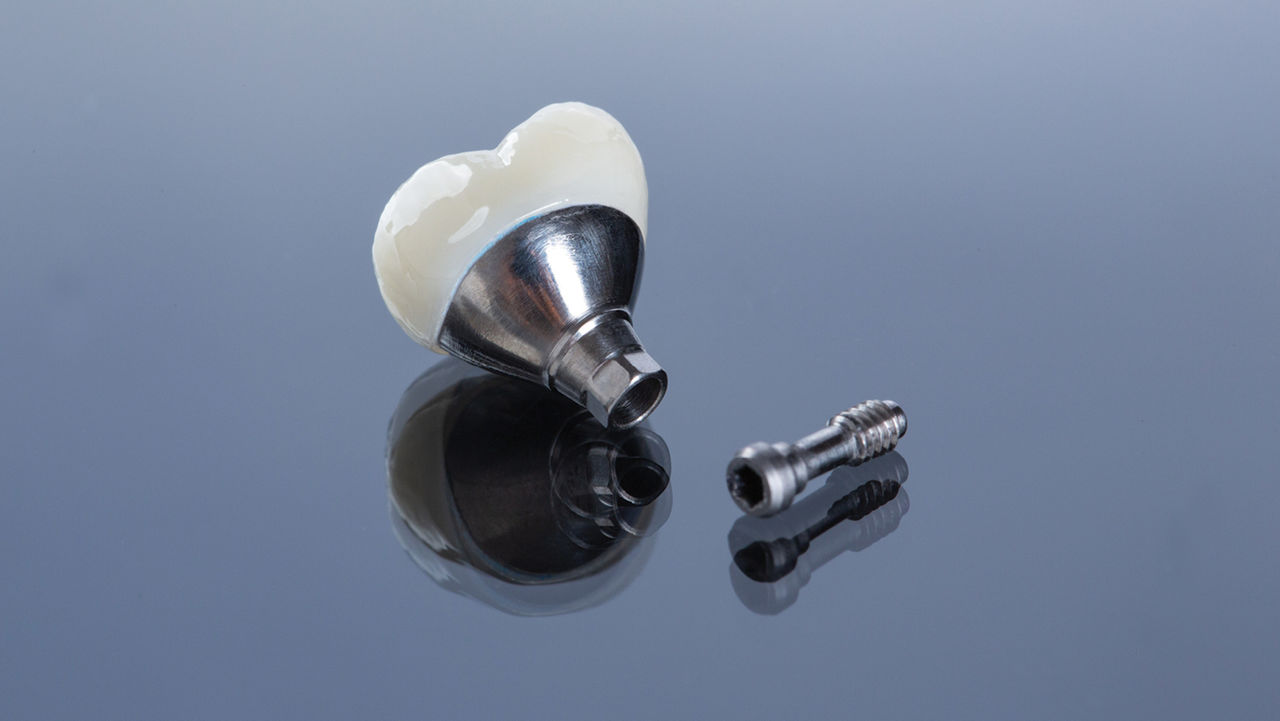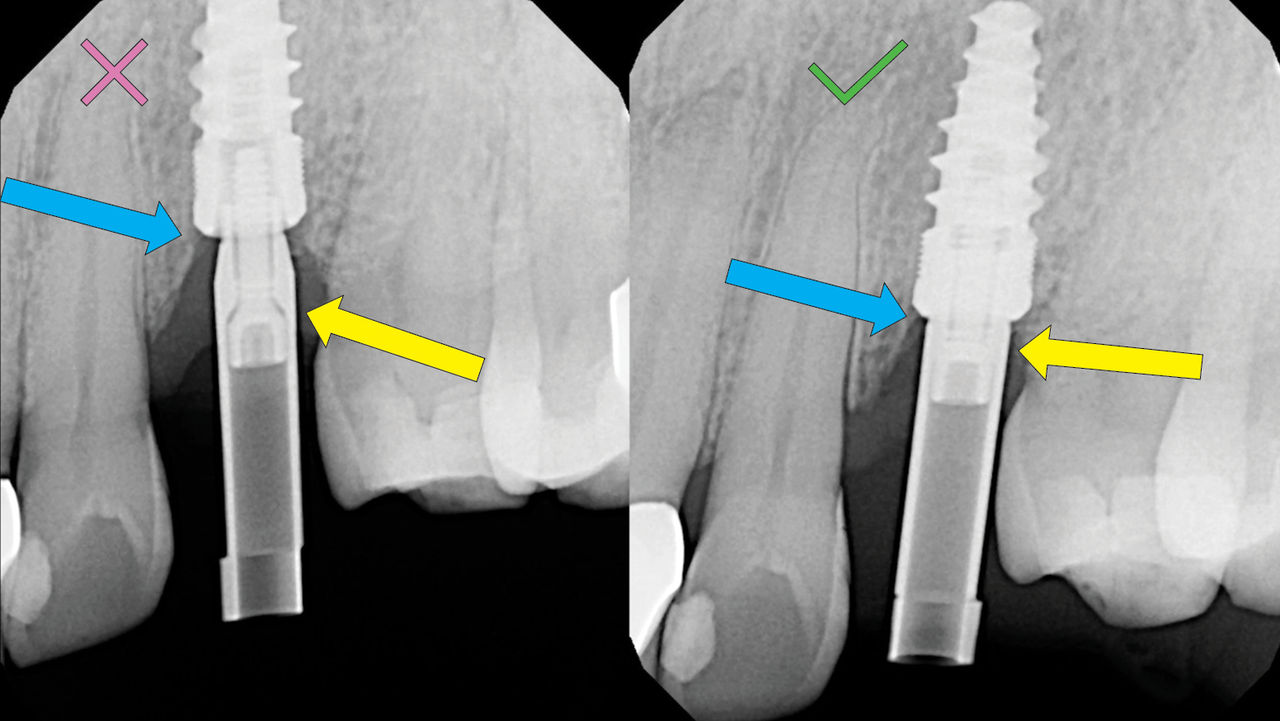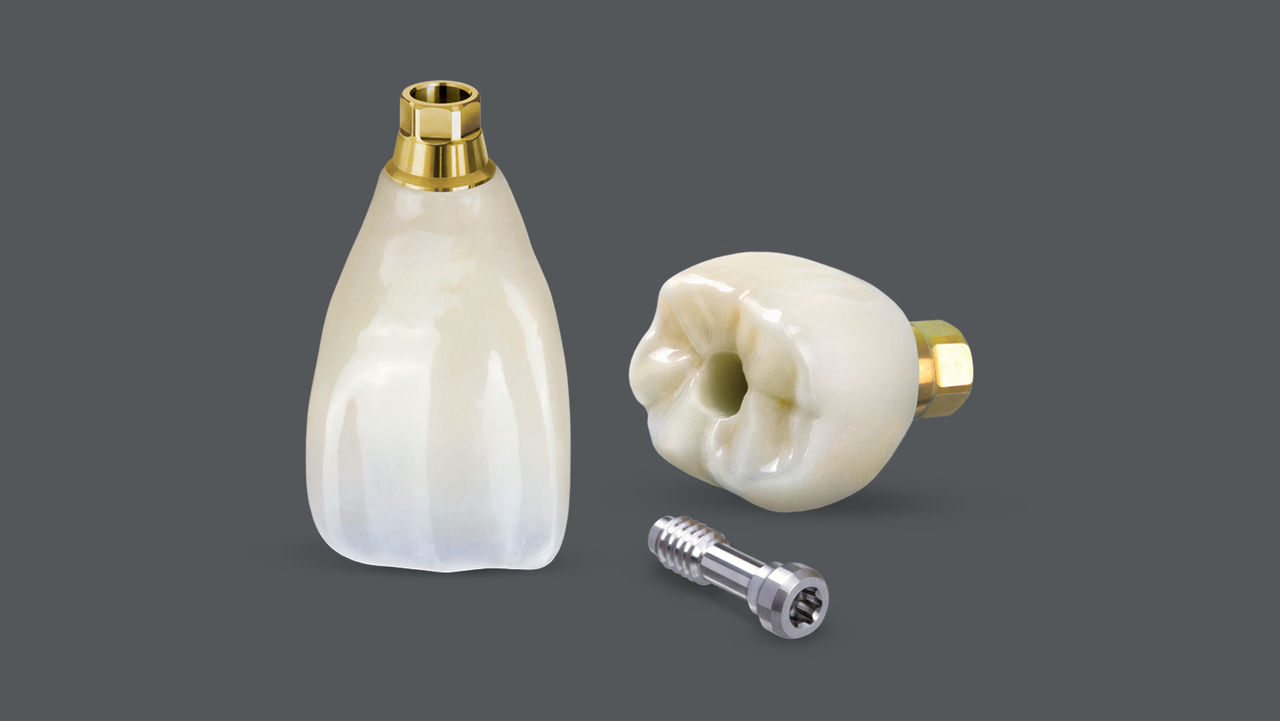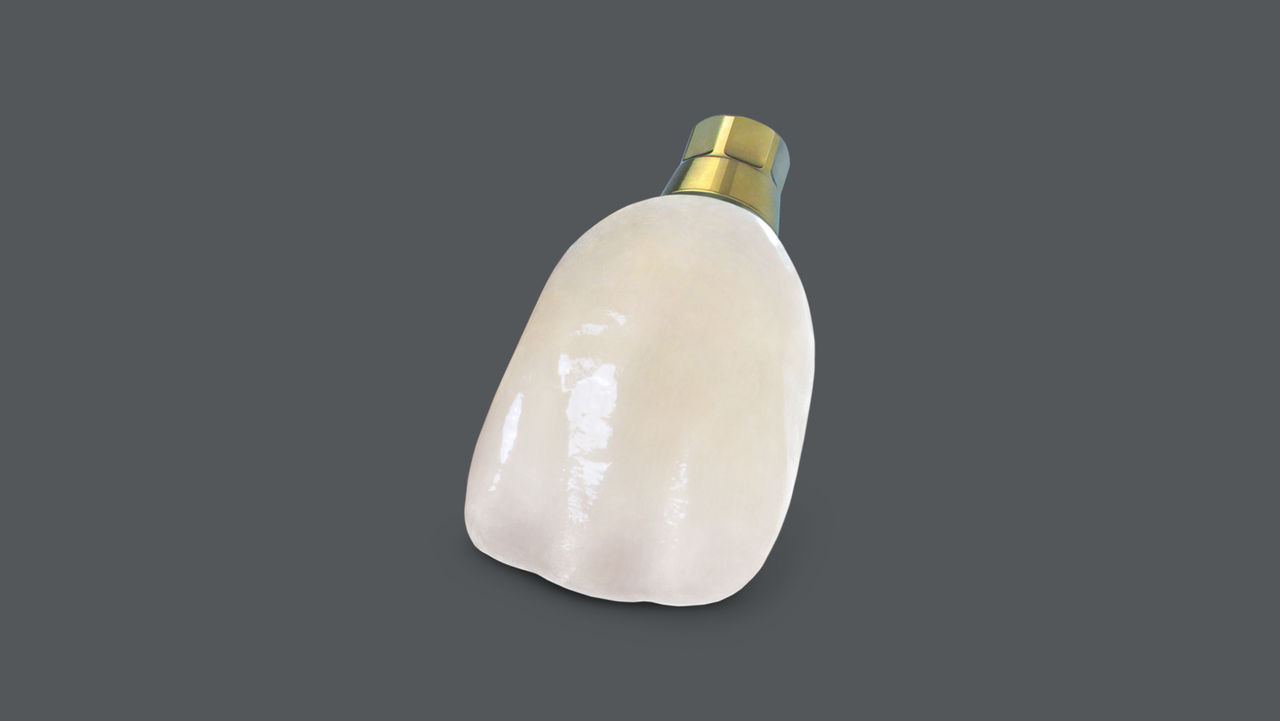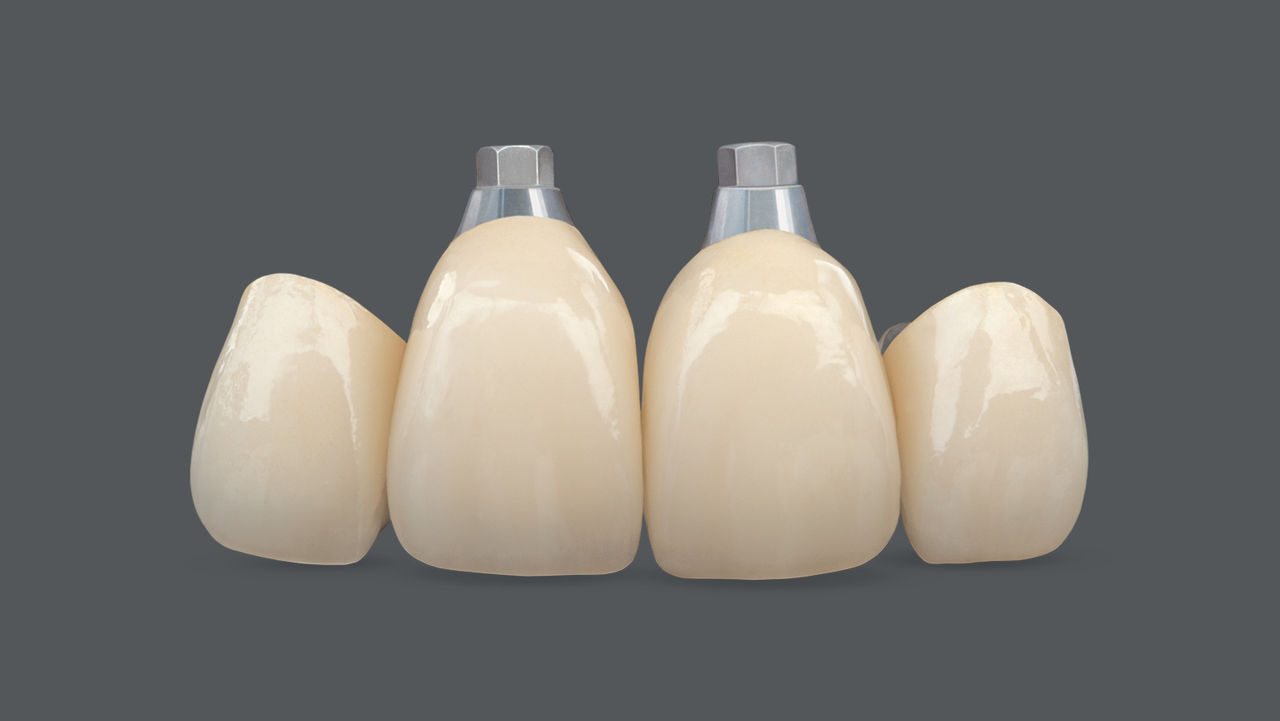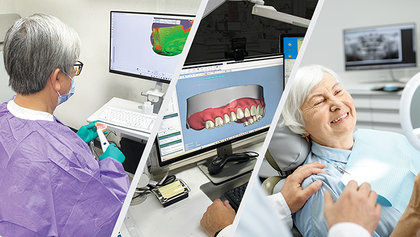There are a few essential items to consider when working with implants, and more specifically, screw-retained crowns. When beginning implant treatment, it’s important to think logistically — keeping the final outcome in mind from the outset. The contours of the final restoration should be considered when planning the implant position. That is to say, the screw access channel or long axis of the implant ideally should emerge through the central fossa of a posterior crown — through the cingulum of an anterior crown. If that is not the case, other surgical interventions or restorative options should be considered during treatment planning.
More and more dentists are choosing to prescribe screw-retained crowns over cement-retained crowns. This is partly due to the complications associated with residual cement at the implant site, caused by intraoral cementation of cement-retained implant crowns. Studies have demonstrated repeatedly that residual cement can lead to peri-mucositis and peri-implantitis.
When preparing the site for an implant restoration, you must consider the contouring of the soft tissue. Shaping the gums allows for greater predictability and helps promote a stable restorative environment for the implant. Custom healing abutments or provisional screw-retained crowns can assist with the contouring process.


